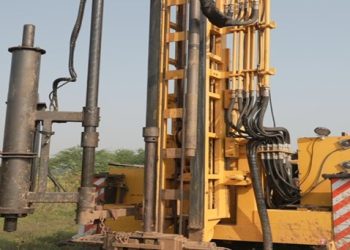Pipeline Integrity Management System (Onshore & Offshore)
The Pipeline Integrity Management System (PIMS) is a combination of preparatory measures that ensure the integrity of pipelines collectively. PIMS ensures the success of your projects by identifying and reducing the likelihood of hazards and avoiding unnecessary shutdowns.
Velosi provides our clients with a comprehensive Pipeline Integrity Management System (PIMS) that fully complies with API 1160 and ASME B31.8S standards to ensure compliance with inspections.
Our professional team adopts all the best practices in the industry to ensure the success of your projects by identifying and reducing the likelihood of hazards and reducing the amount of time required for shutdowns.

PIMS Benefits
Monitors the technical and safety condition of the pipeline system.
Recommends pipeline intervention work and repair when needed.
Executes Risk-based Inspection (RBI) to determine the condition of the pipeline.
Protects the environment.
Ensures continuous availability of the pipelines for transportation without interruptions.
Minimizes risks and throughput loss.
PIMS Deliverables
Section Layout Drawings
Mechanical Assessment Sheet
RBI – PIMS Study
Inspection Plan
Integrity Operating Window (IOW)
Asset Passport
PIMS Software
Prioritize, Redefine Asset Integrity with our extensive VAIL- PLANT® Modules
PIMS (Pipelines Integrity Management System): A robust system designed for both onshore and offshore pipeline integrity management.
- PIMS(ON) -Pipelines Integrity Management System for Onshore
- PIMS(OFF) -Pipelines Integrity Management System for Offshore
Velosi’s world-class VAIL-Plant®® PIMS modules for Onshore and Offshore pipeline is capable of managing and monitoring semi-qualitative Risk Assessment and Inspection planning for pipelines. Based on API 580, this module can be integrated with GIS to view data on geographical maps (e.g. pipeline route, equipment location, pipeline sections, etc.)











